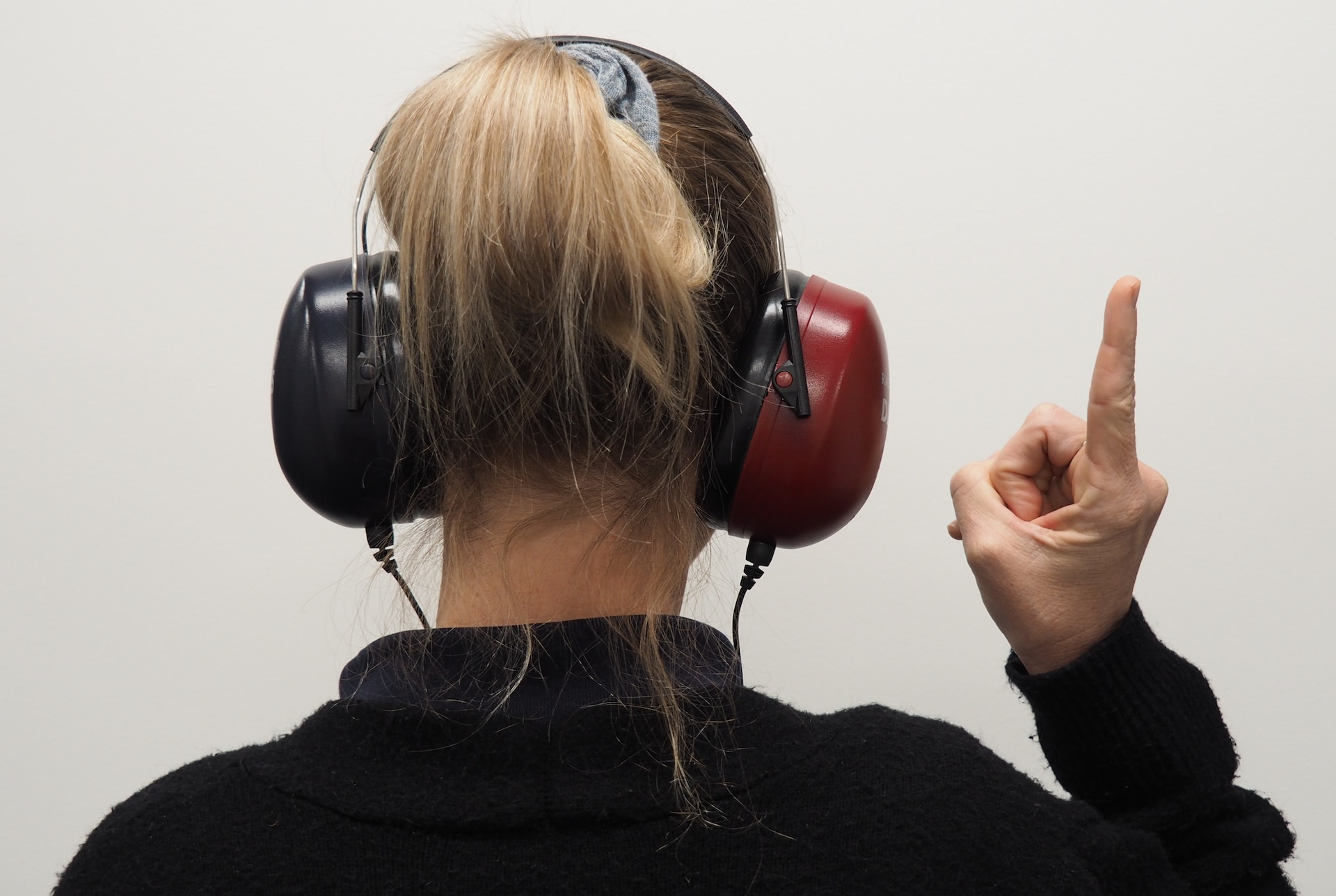Over The Counter (OTC) hearing aids are becoming more prevalent since national legislation was passed and the Food and Drug Administration (FDA) released their final rule in 2022. OTC hearing aids are available from a variety of companies without the need to visit a provider (e.g., audiologist, physician). Designer Audiology receives several questions about the new category of devices and has made the process easy with 3 steps.
Step One in the process was discussed in last week’s blog: how to determine if a medical consultation is needed prior to purchasing OTC hearing aids. Step Two is to determine if OTC hearing aids can benefit an individual’s hearing acuity. OTC hearing aids are intended for adults (aged 18 years and older) who have a perceived mild to moderate hearing loss. To determine the degree of hearing acuity, Designer Audiology suggests two options:
- Obtain a comprehensive audiologic evaluation from an audiologist.
- Complete an online test using the Jacoti Hearing Center or fill-out the Hearing Handicap Inventory questionnaire.
The first option is a comprehensive audiologic evaluation performed by a state-licensed Doctor of Audiology (Au.D.). The hearing evaluation is completed in-person, assesses the outer, middle, and inner ear (and will determine if a medical condition is present), and determines each ear’s hearing acuity using tonal (e.g., beeps) and speech in quiet and noise stimuli. An audiogram (plot of frequency and intensity) of the results is then produced. Hearing testing is often a covered benefit of medical insurance when a hearing or balance concern is reported (e.g., difficulties hearing).
A second option is available for Apple products, the Jacoti Hearing Suite. This free iOS app allows users to download and complete the Jacoti Hearing Center self-hearing test and provides an audiogram upon conclusion.
Using an audiogram, determine your Hearing Number. The Hearing Number is a 4-frequency average of the hearing acuity at 500 Hz, 1000 Hz, 2000 Hz, and 4000 Hz for both the right and left ear. As explained by Johns Hopkins’ Cochlear Center for Hearing and Public Health, a Hearing Number will change over time. An individual with a Hearing Number of 10 or greater can benefit from OTC hearing aids.
Alternatively, and with the intent of the OTC hearing aid legislation (i.e., without the requirement of seeing a provider), a questionnaire could be utilized to determine hearing acuity. The Hearing Handicap Inventory Screener (HHIE-S) is a 10-item questionnaire to determine if the hearing acuity requires OTC or prescription amplification. A score less than 25 suggests OTC hearing aids may be helpful in difficult listening environments.
If you have any questions or concerns about your hearing acuity, or would prefer to have a comprehensive audiologic evaluation, schedule an appointment with an audiologist.
Coming next is Part 3: Finding the right OTC hearing aid product for your needs and lifestyle.

